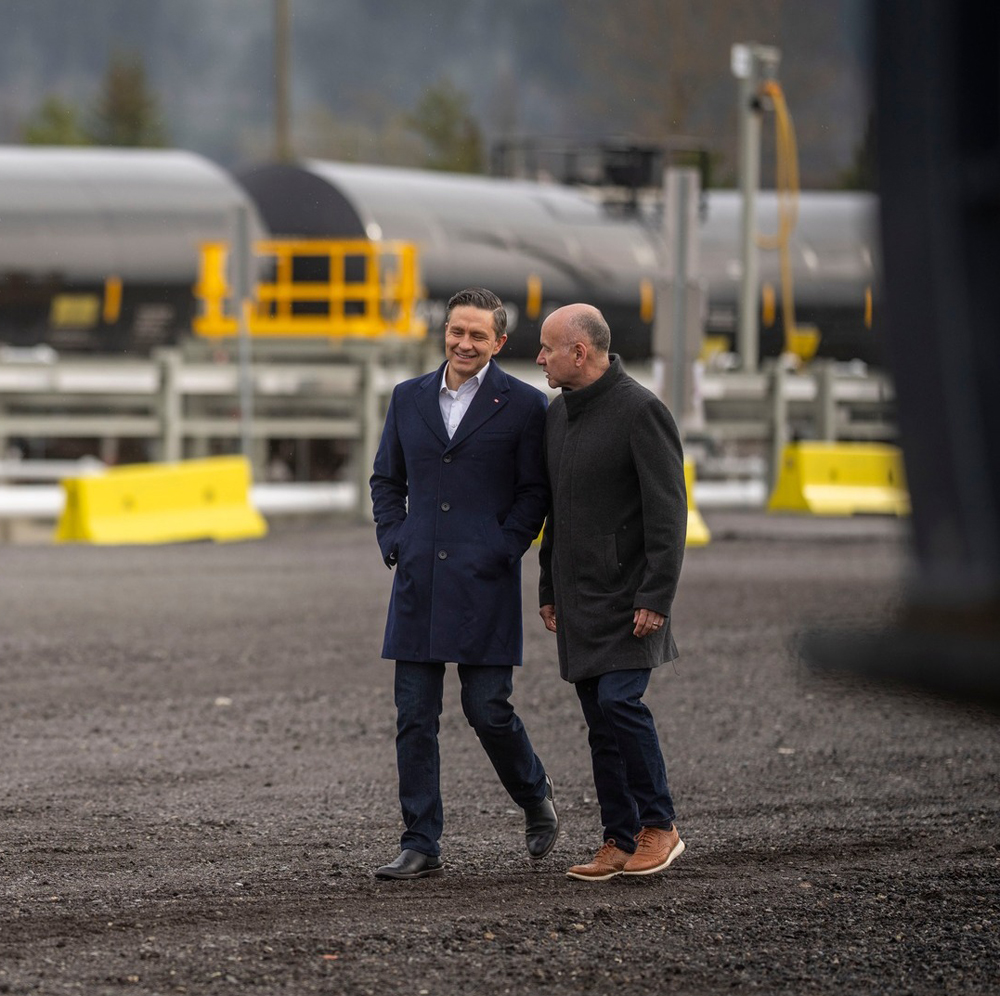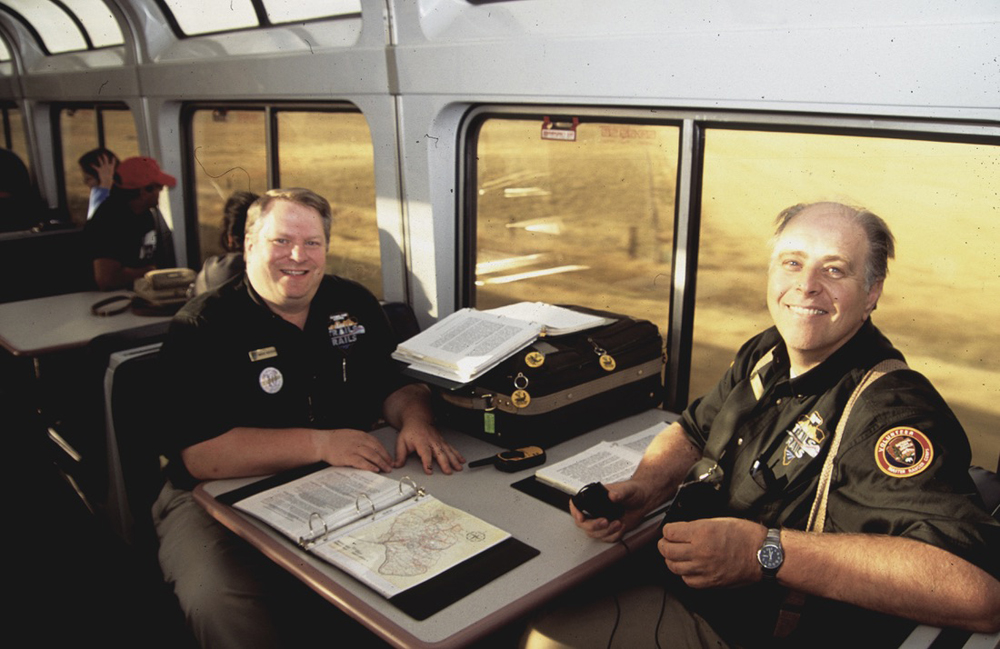BOSTON — A complete upgrade of the Massachusetts Bay Transportation Authority’s commuter rail system could cost up to $33 billion, according to a study presented at Monday’s MBTA Fiscal and Management Control Board meeting.
Bisnow.com reports that the presentation outlined three options:
— For an estimated $33 billion (in 2030 dollars), full electrification of the MBTA system, expansion of South Station, and construction of the Grand Junction shuttle between Cambridge and Allston.
— For $7.5 billion, electrification only of the route to Providence, expanding service on the Foxboro line, and operating diesel trains on other lines on 15-minute headways.
— For $3.1 billion, expansion of the South Coast Rail project. [See “Groundbreaking marks start of work on MBTA’s South Coast extension,” Trains News Wire, July 3, 2019.]
The costliest option would include replacement of the entire MBTA equipment fleet. It is also the only one to include South Station expansion, although that is expected to be needed under any improvement plan.















Is that about the same cost to fix New York’s subway?
$7.5 BILLION to electrify the B&P? But didn’t Amtrak already electrify the B&P (OK, Boston & Providence, folks!)? OK the Stoughton Branch, then the yards, then the South Coast Project. But 7.5 BILLION? Gold wire wears very poorly under pantograph pressure; maybe they’re planning on platinum wire instead..
Lots of trees here, but I guess no forest. Government involvement means huge costs and poorly defined benefits. Further, the beneficiaries have no control. If you haven’t noticed, public hearings are meaningless.
Charles Landey – Yes, the Grand Junction line project goes into North Station. There is still a small amount of freight on this line and the connection into the ex-B&M yards north of North Station is still intact. This line has been used for some time to shuttle MBTA rolling stock between North and South stations. The line cuts right through the MIT campus in Cambridge and there is a proposed station on it near Kendall Square. Some trains from Worcester and Framingham could use this line to run into Kendall Sq. and North Station.
The main commuter line from South Station to points in Rhode Island is already electrified for Amtrak trains. The MBTA at present has no electric rolling stock.
We are only seeing a summary of the various plans, not the actual document. The various options aren’t mutually exclusive, at least in this report. It’s like, do you vote Democrat or do you like cream in your coffee?
The proposals for full electrification of lines never considered for electrification bring in political “climate change” arguments and have nothing to do with the economic alternatives of operating the far-flung system.
Note that this is only commuter rail. Have we even begun to consider the costs of upgrading the four subway lines? What would it cost to upgrade the Green Line’s D-Riverside train to rapid transit standards? This 1950’s-cheap conversion of a New York Central branch line to run trolleys is grossly overloaded.
I do like the Grand Junction – Cambridge plan, which would bring some trains from the Framingham – Worcester line (ex- New York Central) into Cambridge via a former New York Central freight spur. Couldn’t this also be extended into Boston North Station? I believe the connection still exists and I believe it is used for MBTA deadhead moves from North Side to South Side routes.
I also note that the study, at least in this article’s summary, omits the ghastly expense of the proposed North Station – South Station connection through downtown. This chimera would be nice to have at one percent of what it would cost. RPA/NARP’s advocacy of this impossible boondoggle is why I quit the organization after five decades of support.
I have a solution to the overhead line problem…this country needs to High-Tension power lines to replace the antiquated ones now traversing the countryside. We can kill two birds with one stone, build new High-Tension lines over railroad rights of way, the railroads can electrify for half the cost and utilities get new High-tension routs in congested areas(like cities).
Paul, I can’t disagree that the rail connection would have been easier with the Big Dig than after the Big Dig. Twenty years after the Big Dig it’s easy to forget what a schlep the Big Dig was and how close it came to not happening. A level below I-93 for rail and the connections into the two rail terminals would have easily doubled or tripled the cost of that two-mile segment. And added to the time. For rail, a “level below” would be up to 30 feet below God knows (but God likely doesn’t care) what’s down there for infrastructure, like maybe the Blue Line subway.
I keep posting the same info: freeways (“expressways” in Massachusetts) carry more people than suburban rail. For doubling or tripling the cost of that segment, how many more people would be carried? Five percent more? I don’t know. Take me for example. I grew up in New Haven territory riding the Providence Local (as it was then known) into South Station. Why would I need a train from the Providence side through North Station? To get to Lawrence, Haverhill, Ipswich, Lowell, Lexington, Reading, Salem, Gloucester, etc. in Boston & Maine territory? Some of those places – Boston & Maine destinations – I’ve been to once or twice in my life, some not at all. Sure somebody would ride through, say from Canton Junction (south side) to Woburn (north side). Sorry for that somebody, mass transit can’t serve everybody going everywhere.
For the cost of North Station – South Station connection illogically advocated by RPA/ NARP, the Green Line could be rebuilt and made accessible for the disabled. With money left over. The Green Line carries more people in a peak hour than the North Station – South Station connection would carry all week.
Sure the North Station-South Station connector is obscenely prohibitively expensive now. But as an increment to the Big Dig it made sense for both local, expanded metro, and intercity passenger service. But was fought tooth and nail.
3rd Rail it like LIRR, it works fine and cheaper and not as eye catchingly ugly like overhead wire and supports. And especially no issue with shrinkage in winter and expansion in summer like overhead wire. MNRR has dual ( 3rd Rail & overhead) MU’s. Anyway, GOOD LUCK!